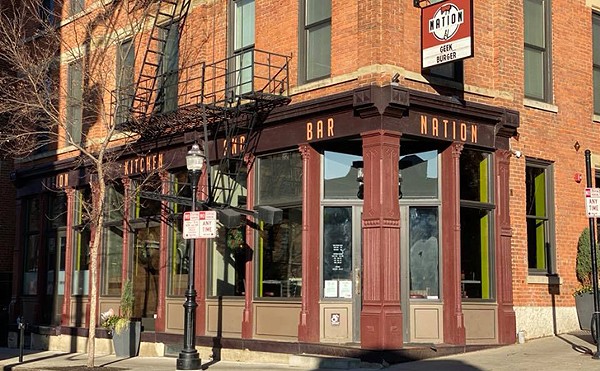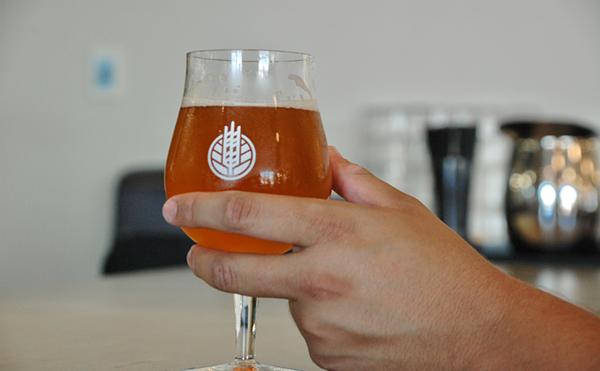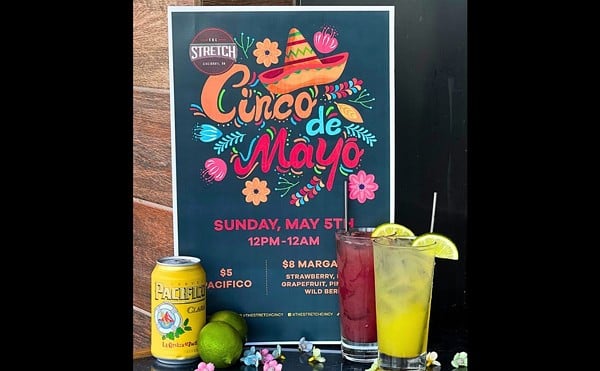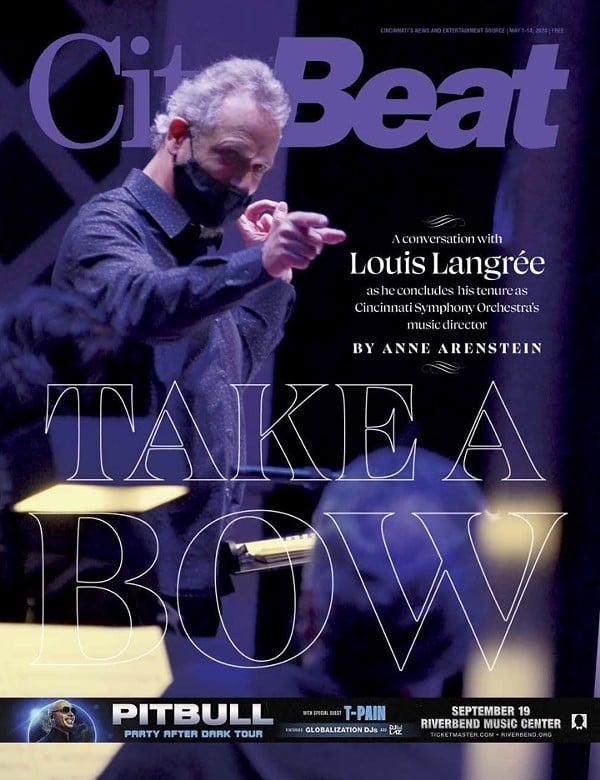In the movie Sideways, wine is the unbilled costar of this road film about two buddies off on a bit of a tear for a week in Santa Barbara's wine country in search of wine, women and themselves. Whether dissing merlot, teaching Wine 101, waxing poetic about the grape genie in a bottle or drinking the remains of the dump bucket at a wine tasting, Miles (the schlubby wine geek) and Jack (the cad looking for a fling before his nuptials) never stray too far from wine or wineries. And, oh, guess what? — things get complicated. It's vintage comedy.
If there is anything more delicious than a good movie, it's a good movie about good food (or wine). A Bacchanalian feast for the senses, food movies beguile the eye, tempt the palate and stimulate the mind with the complex skeins of mores and manners that are the rituals of dining.
OK, so sometimes a cigar is just a cigar, but there is something elemental about watching food movies. What has more social relevance than sex, love and the joy of eating? If we remember one scene from Tom Jones, the 1960s movie starring Albert Finney, it's Tom's dinner with Mrs. Watters, a meal where the fuzzy line between hunger and lust is gradually erased.
No one knew how to eat an oyster until Mrs. Watters showed us by tipping her head back and allowing the cool, plump flesh to slowly slither into her mouth. With an I-know-what-I-want look and heaving chest of magnificent breasts, she tongues the oyster back out for inspection. Naturally, they race for the bedroom, aglow with grease and grunts, to consume each other out of the viewer's eye.
Along with this classic, I offer you a few of my other favorite food moments in film:
Like Water for Chocolate. When Tita makes quail in rose petal sauce, it becomes an intimate expression of her very essence, every emotion cooked into the meal drawing out singular, revealing, different reactions from the family members who eat it.
Babette's Feast. A Frenchwoman who works for two Danish sisters blows her 10,000-franc lottery winnings on a sumptuous banquet. She cooks, shakes up the Danish village with her culinary abilities and the audience drools.
Big Night. Who could forget this movie's delectable feast? Two brothers in 1950s New Jersey go all out in their Italian restaurant, expecting Louis Prima to show up. He doesn't, but we wish we had been invited.
Citizen Kane. A food movie? Not exactly, but Orson Welles chose the breakfast meal in six different scenes to define the entire marriage of Charles Foster Kane and his wife, Emily, in the most innovative film of its time.
Indiana Jones and the Temple of Doom. Steven Spielberg is a master of covering exposition in movies and does so brilliantly with a feast like no other. While Indy fills us in on information we need to make sense of the story, our eyes are on Willie Scott and her reaction to milk soup with floating eyeballs, giant beetles, "snake surprise" (stuffed with live eels, yum!) and chilled monkey brains served in the skull — for dessert no less.
When Harry Met Sally. A New York deli guarantees Formica tables, waitresses with attitude and plenty of coleslaw, but not usually a public orgasm, even if it's to prove a point. I'll have what she's having — to go.
Other food movies: Chocolat; Dim Sum; Eat, Drink, Man, Woman; Soul Food; Tampopo; The Wedding Banquet; The Cook, The Thief, The Wife and Her Lover.





